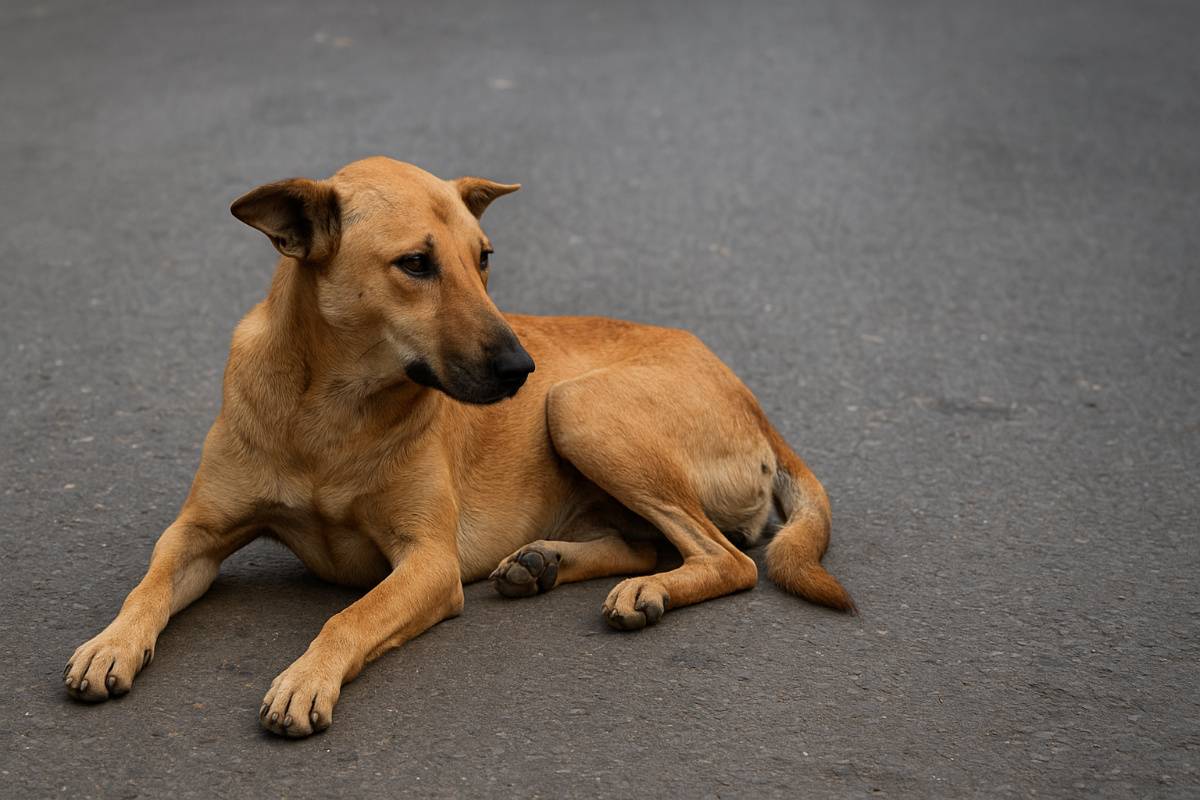The Supreme court on Monday ordered a citywide roundup of stray dogs within eight weeks. This directive has jolted Delhi’s civic bodies, NGOs, and animal welfare activists, who say the target is far from realistic.
Lack of Shelters and Infrastructure
Delhi has no permanent dog shelters that can handle the scale required by the Supreme court order. The Municipal Corporation of Delhi (MCD) runs 20 Animal Birth Control (ABC) centres with NGOs, but these are short-stay facilities for sterilisation and post-surgery care, holding dogs for only about ten days before release.
Officials estimate that even if all ABC units were converted into permanent shelters, they would house only 3,500 to 4,000 dogs at once. With the city’s stray population nearing one million, the space shortfall is overwhelming.
No Updated Data on Stray Population
The last official dog census in Delhi was in 2009, reporting 560,000 strays. A 2019 Assembly sub-committee estimated 800,000, while officials now suggest close to a million. Without accurate data, it is impossible to plan for space, feeding, and manpower to meet the Supreme court directive.
Feeding and Financial Burden
Feeding costs alone are staggering. MCD estimates ₹40 per dog per day, meaning ₹3 crore daily for one million dogs, or over ₹1,000 crore annually. This does not include salaries, medical care, transportation, or construction. NGOs, already struggling with delayed payments for sterilisation, warn that the Supreme court order could collapse existing programmes.
Manpower and Logistics Challenges
The Supreme court’s eight-week timeline ignores operational limits. The MCD has only two dog-catching vans per administrative zone. Capturing and transporting such numbers would require hundreds of trained handlers, additional vehicles, and quarantine units, none of which are available in sufficient numbers.
Focus on Aggressive Dogs
The Supreme court has instructed authorities to prioritise “ferocious” dogs. MCD plans to identify 1,000 such dogs per zone, totalling 12,000 citywide. Even this smaller target will strain resources, as identifying and safely capturing aggressive dogs requires specialised training and equipment.
Legal and Ethical Conflicts
Animal welfare experts highlight that the Supreme court order conflicts with the Animal Birth Control (Dogs) Rules, 2023, which require community dogs to be sterilised, vaccinated, and returned to their territories. Permanent removal could invite legal challenges and disrupt the balance between human and animal communities.
Expert Warnings and Recommendations
Activists like Maneka Gandhi call the Supreme court timeline “impossible” without billions in funding. She estimates construction costs for 1,000–2,000 shelters at ₹4–5 crore each, with running costs of ₹5 crore annually per shelter. Overall, compliance could cost ₹10,000 crore — far beyond Delhi’s budget capacity.
Veterinarians warn that overcrowded shelters will lead to disease, fights, and high mortality. They stress that dogs are territorial, and mixing them can cause aggression. Sustainable population control requires sterilisation coverage above 70% in every locality, a goal not currently met.
Calls for Phased, Humane Implementation
Animal welfare groups urge a phased approach: boost sterilisation and vaccination drives, improve ABC centre capacity, conduct an updated census, and involve communities in feeding and monitoring. Independent audits of sterilisation data are also recommended before large-scale action is taken.
Conclusion
The Supreme court’s order has exposed deep gaps in Delhi’s infrastructure, funding, and legal framework for managing stray dogs. Without accurate data, adequate space, and sustained funding, experts say the plan is simply not feasible. A humane, phased approach may be the only way forward to balance public safety with animal welfare.
